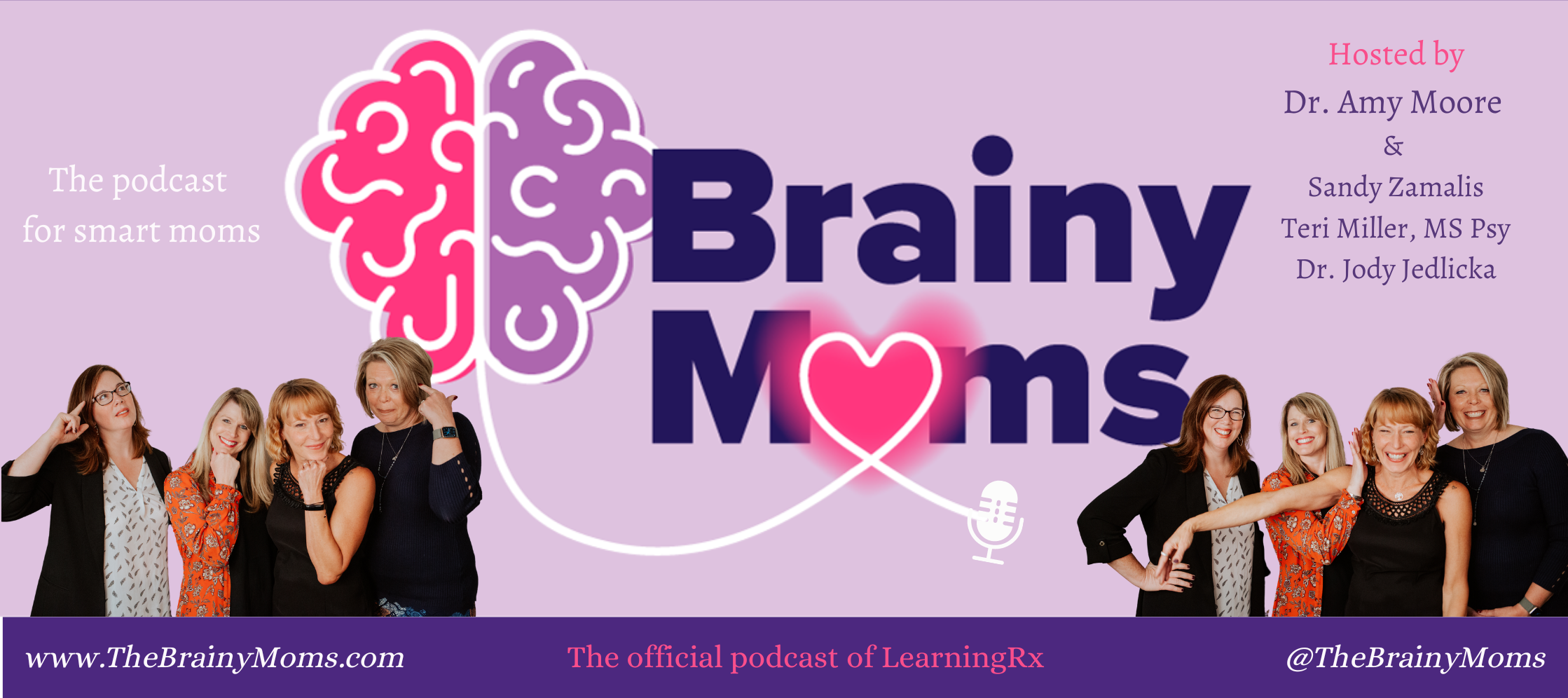For parents whose child struggles academically, an Individualized Education Program (IEP) can be an effective tool to get students the support and services they need to succeed in school. Sometimes referred to as an Individual Education Plan, these written “maps” are covered by the Individuals with Disabilities Education Act (IDEA) and are part of a preschool-through-12th-grade (ages 3 and older) public education in the United States. Getting an IEP always begins with an evaluation for special education. Although parents may request an evaluation, it’s not uncommon for the school to initiate the process by suggesting that a child be evaluated. But what do you do if your child was denied an IEP, yet you continue to see them struggle in the classroom or with learning in general?
Qualifying for an IEP
First, it’s helpful to understand the situations where an IEP is warranted. In order to qualify for an IEP, a student has to need the services in order to thrive in school and have at least one of the following 13 conditions covered under IDEA:
- A specific learning disability (SLD): These are conditions that affect a child’s ability to read, write, speak, reason, listen, or do math. They include, but are not limited to, common learning disabilities like dyslexia and dyscalculia (struggles with numbers).
- Autism spectrum disorder (ASD)
- Speech or language impairment
- Visual impairment or blindness
- Hearing impairment or deafness
- Deaf-blindness
- Traumatic brain injury
- Orthopedic impairment: These include physical limitations, such as those caused by cerebral palsy.
- Intellectual disability
- Emotional disturbances: These include anxiety, bipolar disorder, obsessive-compulsive disorder, depression, and schizophrenia.
- Other health impairments: This category covers conditions that limit a child’s alertness, energy, or strength, such as ADHD.
- Multiple disabilities: This category covers children with multiple complications whose educational needs can’t be met in a program designed for one disability.
After an evaluation and testing, the school’s IEP team will sit down with you to discuss the results and whether or not your child qualifies.
Why your child may be denied an IEP
In some cases, the school determines no IEP is necessary. This can come as a shock to the parent, especially if they were the one to initiate the evaluation process. So why would a student who struggles in school be told that their test results showed no need for additional services and support to be successful?
“When we look at a test result, we will typically look at their percentile rank,” explains Dr. Amy Moore, a cognitive psychologist and former child development specialist and educational administrator.
“A percentile rank is where that child would fall in a group of a100 kids. So, if you lined them up and put them in order of performance on that test, wherever they fall on that line would be their percentile rank. Statistically, the 25th to the 75th percentile is average. And unless they fall below average, then they’re not typically going to qualify for an IEP or some sort of intervention at school.
“Well, here’s the irony. Even though statistically, if you look at a Psychometric Conversion Table, yes, it is average. But if you look at it functionally, the child at the 37th percentile or below, is probably not functioning as well as they can. They’re struggling. And so, we can’t just say, ‘Well, statistically that’s average’ and move on. As a parent, you’re seeing a struggle. You’re expressing concern. That means they’re probably a struggle.
“And so we have to kind of say that even though the 37th percentile is statistically average, how that child is functioning in school is not average and we need to figure out what we can do to support that child.”
Next steps if your child is denied an IEP
There are several actions parents can take if they feel the decision was incorrect or that their child needs other interventions. Here are three options:
- Request a 504 plan. This tailored plan removes barriers to learning by offering accommodations at school including tools, services, and changes.
- Dispute the school’s findings through mediation. This service involves the assistance of a neutral third party and is provided at no cost to parents under federal law.
- Get an independent educational evaluation by someone who doesn’t work for the school system. In some cases, public schools may have to pay for the private testing to see if a child needs special education.
Not sure where to start?
Consider scheduling a Brain Skills Assessment with LearningRx,a personal brain training company. This one-hour test can identify which cognitive skills—such as working and long-term memory, processing speed, attention, visual and auditory processing, and logic & reasoning—are already strong and which skills can benefit from training.
During the assessment, your child will complete a series of activities designed to test a specific skill or set of skills. The results will help you identify the root cause of any learning or thinking struggles that your child may be experiencing. Armed with these results, you can make decisions about next steps, whether it’s returning to the school to dispute the IEP ineligibility or searching for alternative interventions outside the school system.
